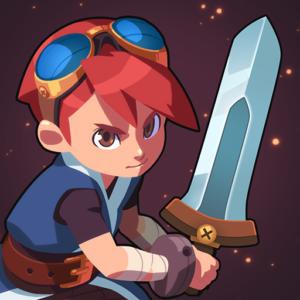Seek by iNaturalist
A fun and safe approach to involve youngsters and beginners in investigating local biodiversity, Seek by iNaturalist is a hybrid of a video game and citizen science with a UI that is halfway between the two. Seek does not collect, utilize, or disclose any personal information about its visitors or users. Because the geographic location has been obscured, the actual location of the street name and even the city cannot be determined. It also does not generate or exchange information with iNaturalist, but it does receive information from iNaturalist in need to function properly. If you simply want to learn more about the biodiversity in your immediate vicinity, it is an excellent method to learn more about what you are seeing or what others have seen in the area.
In order to make use of the program, you must just capture images of the plants, animals, and fungi that you come across. When the game first starts, there is a gentle reminder to stay careful when taking images. There are numerous badges to obtain in order to reward you and make it more enjoyable. You will receive a set of badges for completing a certain number of observations, as well as badges for completing your first, fifth, and twenty-fifth observations of nine distinct taxa. The app keeps track of everything you’ve seen, how many different species you’ve encountered, and how many badges you’ve earned. The badges are the game portion of it, and they inspire users to seek out a range of experiences in their lives.
The iNaturalist picture recognition technology is used in the development of the app. Once you’ve taken a photograph, the app recognizes the species and adds it to your collection of photos and information. It is a significant disadvantage that if the photograph you take is not recognized, there is no way for you to submit it. Each species that you have in your collection or that has been observed nearby will appear as a tile on your screen.
Description
Seek by iNaturalist is where children can use their mobile devices to identify plants and animals. They come across while using SEEK by iNATURALIST, a citizen science software developed by iNATURALIST. After reading a quick safety warning (don’t harass the animals! ). Children can explore a list of plants and animals that are likely to be found in the vicinity. Of their present location (within reason). Identifying a species is as simple. As taking a snapshot with the plus sign or selecting an image from the device’s camera roll. Cropping it, and then tapping Done.
Following that, if the image is clear enough, you will read a brief profile of the discovered species. Which will typically include information from Wikipedia and will include the species’ scientific name. A photo, a graph showing the best times of year to spot this species. As well as a tally showing the number of times this species has been seen by iNaturalist users around the world. A gallery of the species they’ve seen is available for users to peruse. And they can earn badges for each new species they add to their collection.
It is possible to identify plants, animals, and fungus in your local region with Seek by iNaturalist. An iOS app developed by iNaturalist. Kids can use the app to see what species have been previously observed in the area. And they can even photograph specimens themselves, either directly in the app. Or by importing photographs from their device’s camera roll. The app will next use its image recognition technology. Which is based on the iNaturalist platform, to identify the object.
Is It Good for Learning?
Search by iNaturalist is a fun way to get students outside and exploring their local environment. While also learning about plants and animals. It is available for free on the App Store and Google Play. The app’s ability to identify plants and animals based on observations submitted and identified. By the larger iNaturalist community means that employing the app. In areas where there is a high concentration of active members in that community. Will produce the most effective results. The majority of locations, however, continue to have a sufficient number of well-known species. To make it useful for children to learn about them.
Those students who believe the app has been unable to identify a species correctly. Should take this as a wonderful chance to conduct extra research on the species. And attempt to identify it themselves. Regardless matter the outcome, students will get a better awareness of the different sorts of plants. Also animals that can found in their nearby environment. For students who do not have much opportunity to spend time outside. This is very important.














Reviews
There are no reviews yet.